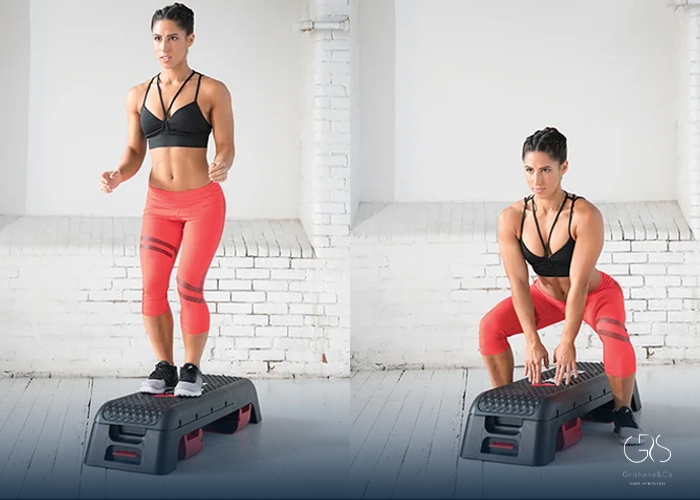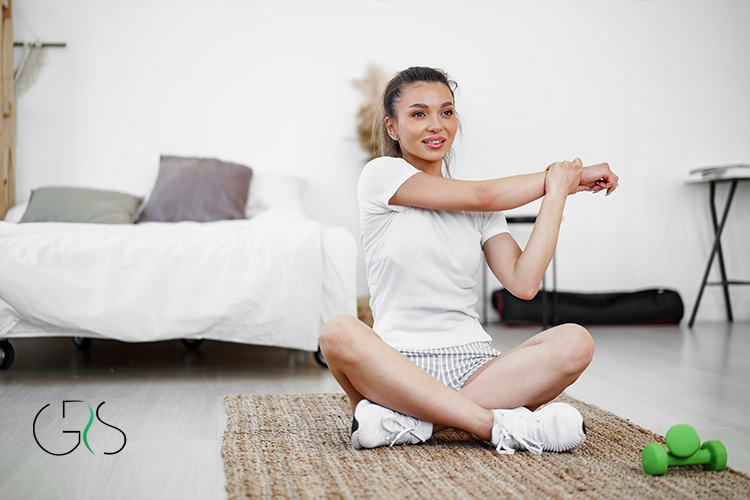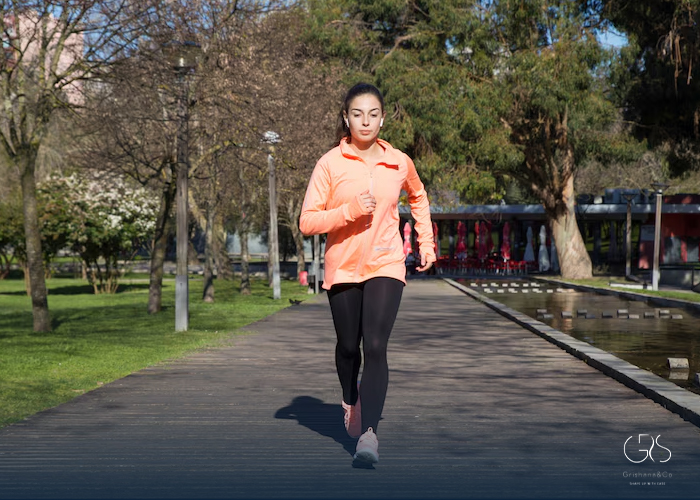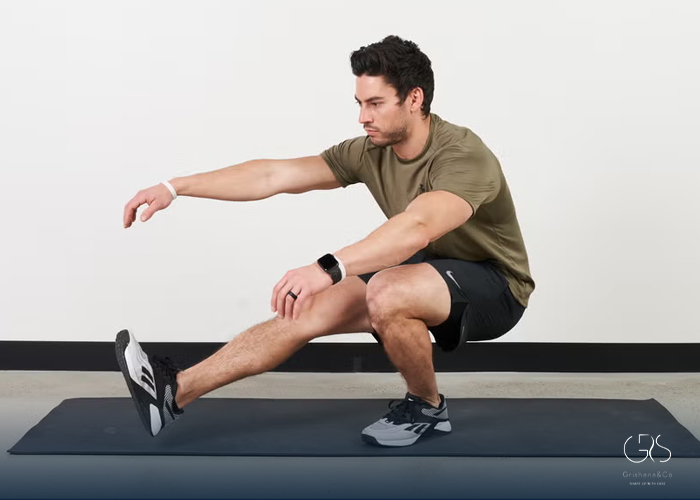In an age where sedentary lifestyles are ubiquitous, finding effective ways to integrate physical activity into our daily routines is crucial for maintaining optimal health. Step workouts, which involve using a step platform to perform a variety of aerobic and strength-training exercises, have gained popularity for their numerous health benefits. From strengthening bones to improving cognitive health, step workouts offer a comprehensive approach to enhancing overall wellbeing. This article explores the multifaceted benefits of step workouts, how to get started, different step exercises, safety considerations, and concludes with the importance of incorporating step workouts into one’s fitness regimen.
Health Benefits of Step Workouts
Strengthens and Builds Bone
One of the key benefits of step workouts is their impact on bone health. Weight-bearing exercises, like step workouts, have been shown to improve bone density and reduce the risk of osteoporosis. According to a study published in the Journal of Bone and Mineral Research, individuals who engage in regular step workouts have higher bone mineral density levels compared to those who lead sedentary lifestyles. By incorporating step exercises into your fitness routine, you can help strengthen and build bone mass, reducing the risk of fractures and bone-related diseases.
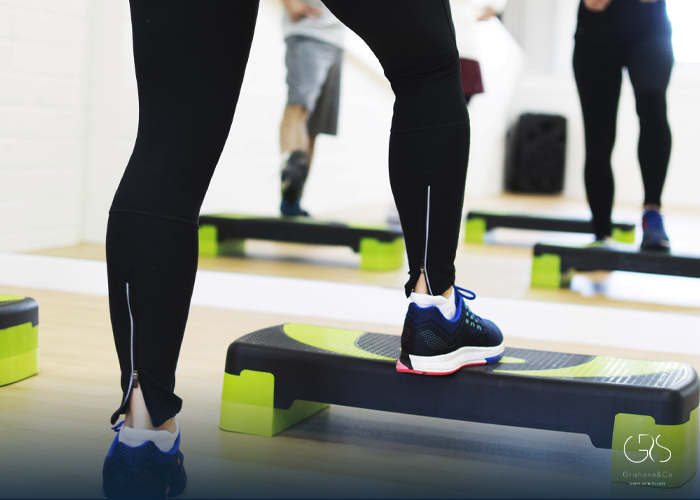
Supports Cognitive Health
Physical activity has long been associated with improved cognitive function, and step workouts are no exception. A study conducted by the Journal of Aging and Physical Activity found that adults who engage in regular aerobic exercise, such as step workouts, demonstrate better cognitive performance and memory retention. The combination of aerobic exercise and cognitive engagement in step workouts can help support brain health and reduce the risk of cognitive decline as we age.
Improves Functional Ability
Step workouts are highly effective in improving functional ability, particularly in terms of balance, flexibility, and coordination. Research published in the Journal of Aging and Physical Activity suggests that the dynamic movements involved in step exercises help enhance proprioception and neuromuscular coordination.By incorporating step workouts into your routine, you can enhance your functional capacity and maintain independence in daily activities.
Boosts Heart Health
Cardiovascular health is a critical aspect of overall wellbeing, and step workouts provide an excellent opportunity to improve heart health. The repetitive stepping movements elevate the heart rate, leading to increased cardiovascular endurance and improved circulation. According to the American Heart Association, regular aerobic exercise, such as step workouts, can help lower the risk of heart disease and stroke. By incorporating step workouts into your fitness regimen, you can boost your heart health and reduce the risk of cardiovascular complications.
Increases Longevity
Regular exercise has been consistently linked to increased longevity and a higher quality of life. A comprehensive study published in the journal Circulation found that individuals who engage in regular physical activity, such as step workouts, have a significantly lower risk of premature mortality.By incorporating step exercises into your routine, you can increase your lifespan and enjoy improved health outcomes in the long term.
Lowers Blood Pressure
High blood pressure, or hypertension, is a common health issue that can lead to serious complications such as heart disease and stroke. Research published in the British Journal of Sports Medicine suggests that aerobic exercise, including step workouts, can effectively reduce blood pressure levels and improve vascular function. By engaging in regular step workouts, you can help lower your blood pressure, reduce the risk of cardiovascular problems, and improve overall cardiovascular health.
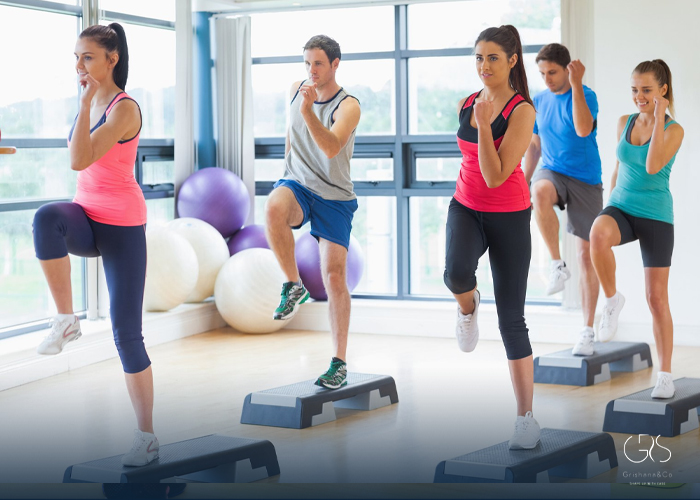
Improves Balance
Maintaining good balance is essential for preventing falls and maintaining mobility, especially as we age. Step workouts are excellent for improving balance and proprioception, as they require precise footwork and coordination. A study published in the Journal of Aging and Physical Activity found that older adults who participated in regular step exercise programs showed significant improvements in balance and stability.By incorporating balance-focused step exercises into your routine, you can enhance your stability and reduce the risk of falls.
How To Get Started
Step Exercises
Before jumping into a step workout routine, it’s important to familiarize yourself with the basic step exercises that form the foundation of this fitness modality. Here are some common step exercises to get you started:
- Basic Up and Downs: Step onto the platform with one foot and then bring the other foot up to meet it. Step down one foot at a time to return to the starting position. Repeat for a set number of repetitions.
- Lateral Step-Ups: Step onto the platform sideways with one foot, then bring the other foot up to meet it. Step back down one foot at a time. Alternate between leading with the left and right foot for a balanced workout.
- Step Lunges: Step onto the platform with one foot and perform a lunge by bending both knees to a 90-degree angle. Push off the platform to return to the starting position and repeat on the other side.
- Step Knee Lifts: Step onto the platform with one foot and lift the opposite knee towards your chest. Lower the foot back down and repeat on the other side. This exercise engages the core and hip flexors.
- Step Over-the-Top: Step onto the platform with one foot and then step over the platform with the other foot. Continue alternating the stepping pattern to work both legs evenly.
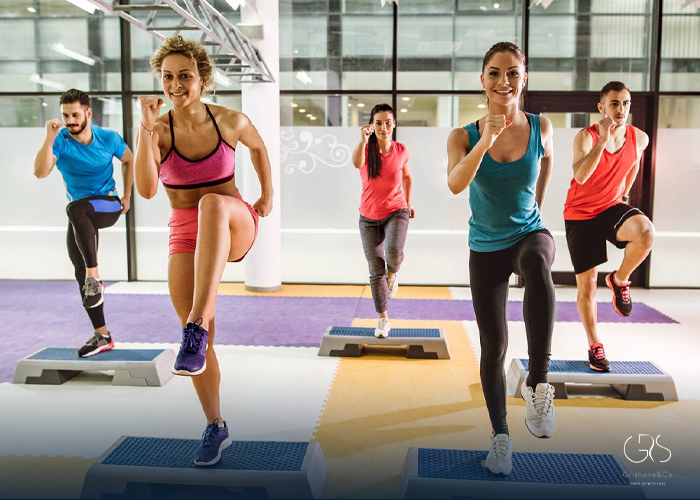
Safety
When engaging in step workouts, safety should be a top priority to prevent injuries and ensure a productive workout session. Here are some safety tips to keep in mind:
- Ensure the step platform is stable and at the appropriate height for your fitness level.
- Wear supportive footwear with good traction to prevent slipping.
- Start with a warm-up and gradually increase the intensity of your workout to prevent muscle strains.
- Maintain proper posture throughout the exercises to avoid stress on the joints.
- Stay hydrated and listen to your body’s cues to avoid overexertion.
Conclusion
Step workouts offer a comprehensive approach to improving physical and mental wellbeing by strengthening bones, supporting cognitive health, enhancing functional ability, boosting heart health, increasing longevity, lowering blood pressure, and improving balance. By incorporating step exercises into your fitness regimen and following safety guidelines, you can enjoy the transformative benefits of this dynamic fitness modality. Whether you are a beginner or an experienced fitness enthusiast, step workouts provide a versatile and effective way to elevate your exercise routine and enhance your overall quality of life.
Sources
- National Library of Medicine, The effects of high impact exercise intervention on bone mineral density, physical fitness, and quality of life in postmenopausal women with osteopenia
- Harvard Health Publishing, Regular exercise changes the brain to improve memory, thinking skills
- Mayo Clinic, Exercise: 7 benefits of regular physical activity
- The Lancet, Physical activity, all-cause mortality, and longevity of older adults: a cohort study


